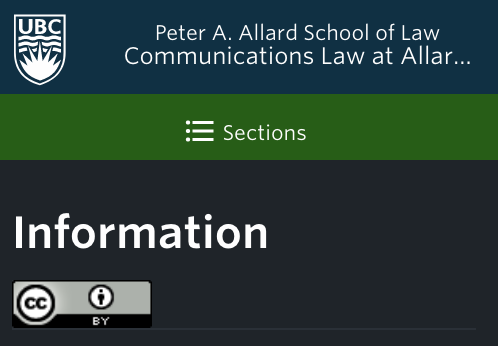In Canada’s economic sphere, there has been some momentum toward removing interprovincial trade barriers, which could help reduce Canada’s economic dependence on its neighbours.[1] Perhaps Canada’s video game industry would benefit from revisiting Sara Grimes, Darshana Jayemanne, and Seth Giddings’ article “Rethinking Canada’s Approach to Children’s Digital Game Regulation.”[2]
In this article, Sara Grimes—whom Professor Festinger mentioned in class—critiques Canada’s reliance on the U.S. based Entertainment Software Rating Board (ESRB) classification system. Digital games for children offer valuable opportunities for socialization, play, and learning, but they also present risks. According to the authors, the ESRB is insufficient to safeguard children’s rights in the digital environment, as its ratings do not adequately address children’s varying literacies, maturity levels, or elements embedded in games yet “distinct” from their contents, such as third-party ads and invasive data collection practices.[3]
Interestingly, the ESRB is not enforced by any U.S. federal or state laws, yet it is enforced in numerous Canadian provinces despite the lack of direct Canadian involvement in the classification process or any formalized accountability to the Canadian public.[4] The authors argue that the ESRB process is not targeted enough to address the novel risks associated with the growth of online children’s games. For example, games that include microtransactions or online interactions with other users are merely given an “interactive elements” warning, which does not influence the game’s overall rating.[5]
Moreover, the ESRB’s classification process might not adequately reflect Canadian values or account for the diverse cultural contexts within Canada. To highlight this point, the authors compare film classification systems in British Columbia and Alberta, revealing discrepancies in age ratings for the same films. This raises questions about whether similar discrepancies would arise if games were rated domestically rather than through the ESRB system.
Given these concerns, is it time for the Canadian gaming industry to consider a classification system better suited to reflect Canadian cultural norms and protect Canadian children? How might this best be approached?
Read the full article here.
[1] N. Mallees, J. Hunter, & J. Gray, “Ottawa agrees with provinces to act fast to topple internal trade barriers” The Globe and Mail (5 March 2025) https://www.theglobeandmail.com/canada/article-ottawa-strikes-deal-with-provinces-territories-on-internal-trade-amid/.
[2] S. M. Grimes, D. Jayemanne, S. Giddings, “Rethinking Canada’s Approach to Children’s Digital Game Regulation” (2023) 48:1.
[3] Grimes, Jayemanne, & Giddings at p 144.
[4] Grimes, Jayemanne, & Giddings at p 147.
[5] Grimes, Jayemanne, & Giddings at p 147.
 Communications Law
Communications Law